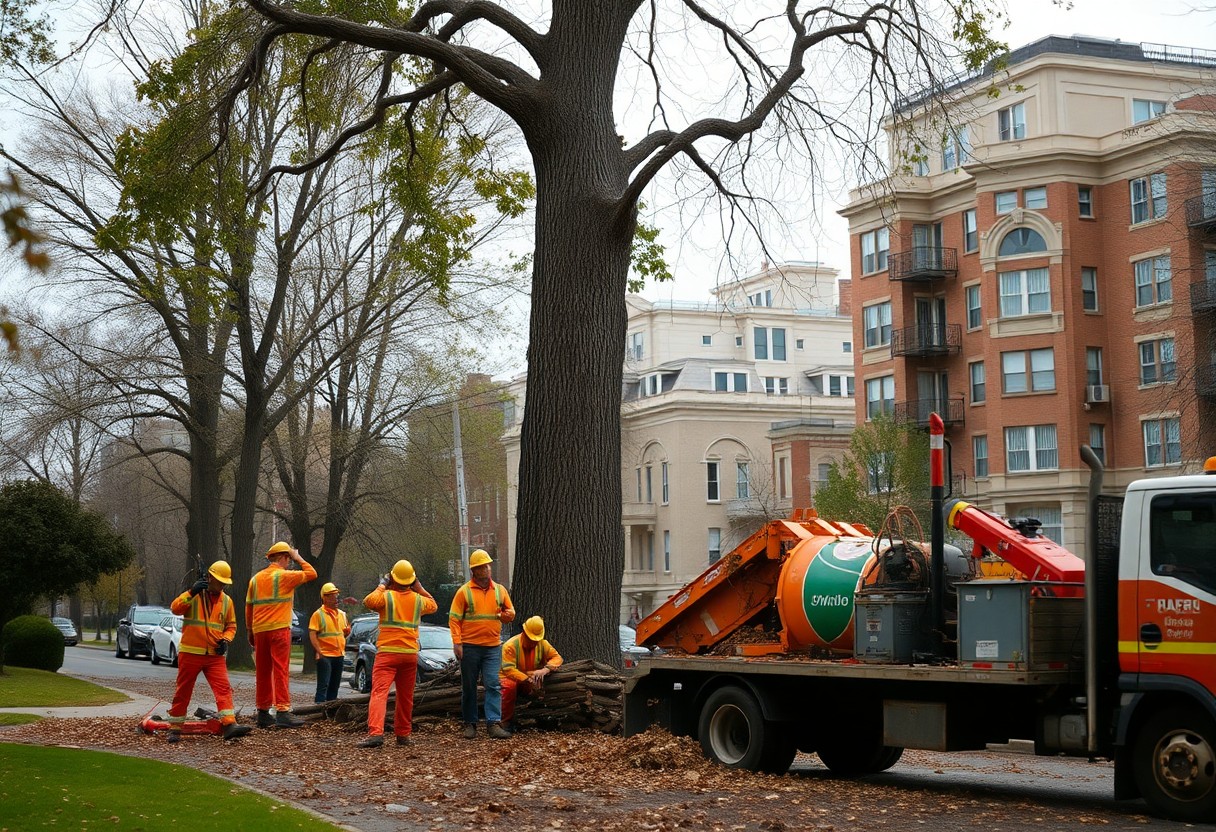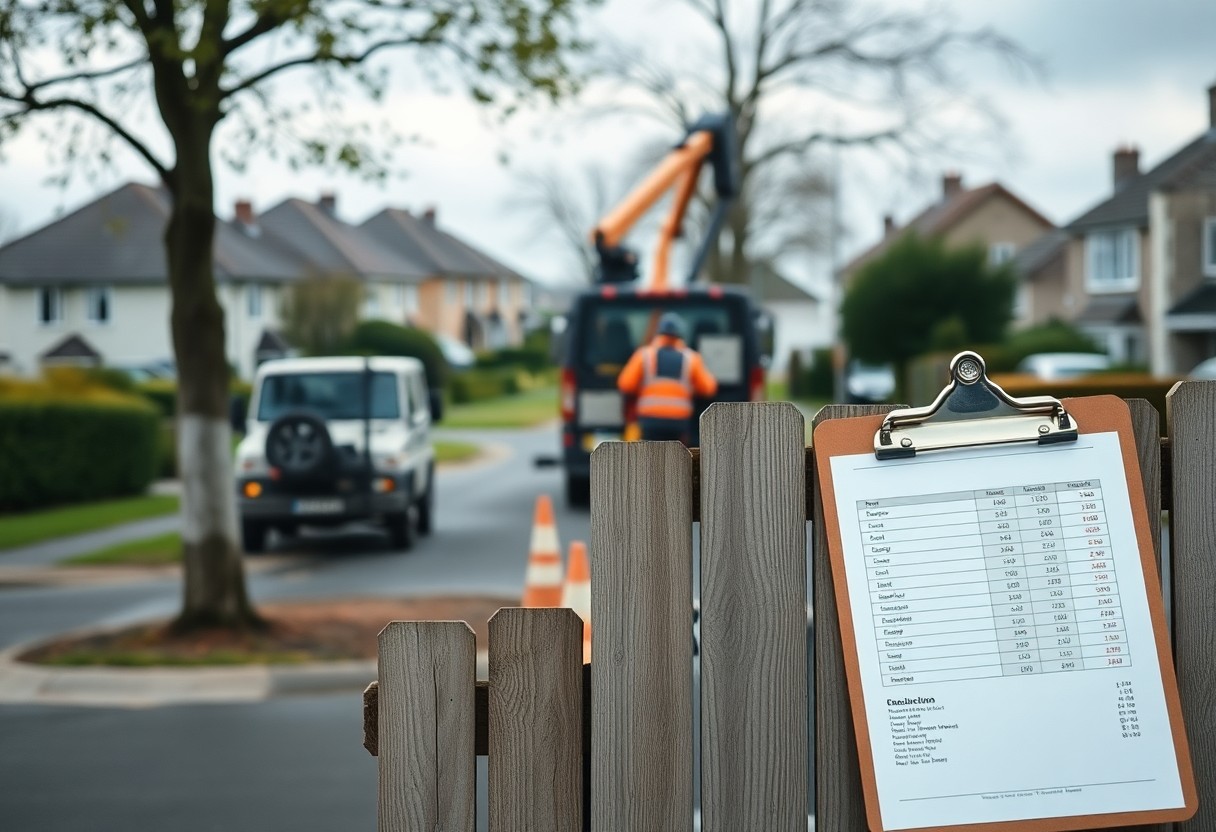It’s important to protect your woodworking business with proper insurance coverage, but understanding the costs involved can be challenging.
Whether you’re running a small custom furniture workshop or a large-scale woodworking operation, your insurance expenses will depend on various factors including your annual revenue, equipment value, number of employees, and location.
You’ll need to consider different types of coverage, from general liability to workers’ compensation, which typically range from $500 to $3,000 annually for small woodworking businesses.
Cost of woodworking business insurance
| Insurance Type | Coverage Details | Average Monthly Cost | Average Annual Cost |
|---|---|---|---|
| General Liability Insurance | Covers third-party injuries and property damage. | $40 – $80 | $480 – $960 |
| Commercial Property Insurance | Covers business property (e.g., tools, equipment, workshop). | $50 – $150 | $600 – $1,800 |
| Business Owner’s Policy (BOP) | Combines general liability and property coverage, sometimes includes business interruption insurance. | $75 – $200 | $900 – $2,400 |
| Workers’ Compensation Insurance | Required in most states if you have employees; covers medical bills and lost wages for job-related injuries. | $100 – $300 | $1,200 – $3,600 |
| Tools & Equipment Insurance | Covers repair or replacement of tools and equipment used offsite. | $15 – $40 | $180 – $480 |
| Commercial Auto Insurance | Covers business-related vehicles; liability and collision options vary. | $80 – $200 | $960 – $2,400 |
| Product Liability Insurance | Covers claims related to defective products or services. | $30 – $70 | $360 – $840 |
| Professional Liability Insurance (E&O) | Covers negligence or errors in design or consultation services. | $50 – $150 | $600 – $1,800 |
To protect your woodworking business effectively, you need several fundamental insurance policies. Your coverage requirements will vary based on your business size, location, and specific operations. Having proper insurance safeguards your business against financial losses and helps maintain your professional reputation in the woodworking industry.
General Liability Coverage
Basic general liability insurance protects your woodworking business against third-party claims for bodily injury, property damage, and personal injury.
You’ll need this coverage to secure contracts, lease workspace, and meet client requirements.
Most policies provide $1-2 million in coverage per occurrence, with options to increase limits based on your business needs.
Property Insurance
One imperative aspect of your woodworking business insurance is property coverage, which protects your workshop, equipment, tools, and inventory.
Your policy should cover losses from fire, theft, vandalism, and natural disasters, ensuring your business can recover quickly from unexpected events.
Requirements for property insurance depend on whether you own or lease your workspace. You’ll need to assess the value of your equipment, consider business interruption coverage, and evaluate additional endorsements for specialized tools. Consider factors like replacement cost versus actual cash value when selecting your coverage limits.
Specialized Coverage Types
Some woodworking businesses require specific insurance coverage beyond standard policies. The key specialized coverages include:
- Tool and equipment coverage
- Professional liability insurance
- Product liability protection
- Commercial property insurance
- Business interruption coverage
The right combination of these coverages can provide comprehensive protection for your woodworking business.
| Coverage Type | Protection Offered |
|---|---|
| Tool Coverage | Protects expensive woodworking equipment |
| Professional Liability | Covers design and consultation errors |
| Product Liability | Protects against product-related claims |
| Property Insurance | Covers workshop and storage spaces |
| Business Interruption | Compensates for operational downtime |
Professional Liability Insurance
For woodworking businesses offering design services or custom project consultation, professional liability insurance provides imperative protection against claims of errors, omissions, or negligence in your professional services.
This coverage helps safeguard your business when clients claim financial losses due to your advice or design work.
Product Liability Protection
After selling your woodworking products, you need protection against potential claims related to product defects or safety issues.
Product liability insurance covers legal expenses and damages if your products cause injury or property damage.
This coverage extends to all items you manufacture, from custom furniture to decorative pieces. Your policy can protect you against claims arising from design flaws, manufacturing defects, or inadequate safety warnings, ensuring your business remains protected long after your products reach customers.
Cost Factors
Now, several key elements influence your woodworking business insurance costs.
- Workshop size and location
- Equipment value
- Annual revenue
- Number of employees
- Claims history
- Coverage types selected
Recognizing these factors helps you better understand and manage your insurance expenses.
Workshop Size and Location
An expansive workshop in an urban area typically commands higher insurance premiums than a smaller rural location.
Your facility’s square footage directly impacts property coverage costs, while your location affects liability rates based on local risk factors and property values.
Equipment Value
Along with your workshop space, the value of your woodworking equipment and machinery significantly influences your insurance costs.
Your premium rates will reflect the replacement cost of specialized tools, CNC machines, and other valuable equipment.
Also, insurance providers consider the age and condition of your equipment when calculating premiums. Modern safety features on newer machinery might qualify you for lower rates, while older equipment could increase your costs due to higher risk potential.
Annual Revenue
About 2-7% of your annual revenue might go toward insurance coverage, depending on your business size. Higher revenue typically means more extensive operations and greater exposure to risks, resulting in proportionally higher insurance costs.
Further, your revenue growth patterns help insurers assess your business stability and risk level. Steady revenue growth might qualify you for better rates, while irregular patterns could lead to higher premiums. Your sales volume also influences the amount of product liability coverage you need.
Risk Assessment
Unlike standard retail businesses, your woodworking operation faces unique hazards that require comprehensive risk evaluation.
You need to identify potential dangers from power tools, machinery, wood dust exposure, and chemical handling.
Your thorough assessment helps determine appropriate coverage levels and may influence your insurance premiums.
Workplace Safety Measures
Along with proper insurance coverage, you must implement robust safety protocols in your workshop. Your safety measures should include proper ventilation systems, regular equipment maintenance, clear emergency procedures, and organized storage solutions.
These preventive steps not only protect your team but can also lead to lower insurance costs.
Employee Coverage
Below specific employee thresholds, you’ll need to secure workers’ compensation insurance as mandated by state laws. Your coverage should extend to both full-time and part-time workers, protecting your business from potential workplace injury claims.
Further considerations for your employee coverage include disability benefits, health insurance options, and liability protection for workplace accidents.
You should evaluate each employee’s role and exposure to risks, ensuring adequate coverage levels that align with your state’s requirements and your business operations’ specific needs.
Premium Calculations
For your woodworking business insurance, premiums are determined through a systematic evaluation process that considers multiple variables.
You’ll find that insurance providers use standardized formulas combining base rates with specific risk factors unique to your operation.
Your final premium emerges from this calculation, reflecting both industry standards and your business’s particular risk profile.
Base Rates
With base rates, you’ll encounter standardized pricing tiers that insurance companies establish for different woodworking business categories.
Your annual revenue, number of employees, and square footage of your workshop serve as primary factors in determining your starting rate.
These foundational rates provide the initial framework for your insurance premium calculation.
Risk Multipliers
Multipliers affect your final premium based on specific risk factors in your woodworking operation. Your safety protocols, equipment maintenance records, and claims history directly influence these adjustments. Insurance providers assess these elements to modify your base rate, resulting in your personalized premium.
Due to the complex nature of woodworking operations, your risk multipliers can significantly impact your final premium.
You’ll find that factors such as the types of machinery you use, your workshop’s fire prevention systems, and your employees’ experience levels all play vital roles.
By maintaining high safety standards and proper documentation, you can potentially secure more favorable multipliers.

Cost Reduction Strategies
Keep your insurance costs manageable by implementing proven strategies that protect your woodworking business while maintaining comprehensive coverage.
You can reduce your premiums through proper safety protocols, bundling policies, and maintaining a clean claims history.
Your commitment to risk management directly influences your insurance rates, making it crucial to develop a systematic approach to safety and coverage optimization.
Safety Implementation
Below are practical ways to enhance your workshop safety: install dust collection systems, maintain proper ventilation, implement regular equipment maintenance schedules, and provide thorough staff training.
Your dedication to these safety measures can lead to significant premium reductions, as insurance providers often reward businesses that demonstrate strong safety protocols with lower rates.
Policy Bundling
Policy bundling offers you substantial savings on your woodworking business insurance. When you combine multiple policies like general liability, property insurance, and workers’ compensation with one provider, you can typically secure better rates and simplified policy management.
Another advantage of policy bundling is the streamlined claims process. You’ll have a single point of contact for all your insurance needs, making it easier to manage your coverage and address any issues that arise. Your insurance provider may also offer additional discounts or benefits when you maintain multiple policies under their umbrella.
Conclusion
On the whole, protecting your woodworking business with appropriate insurance coverage is a smart investment that can save you from significant financial setbacks.
While insurance costs vary based on your specific circumstances, you can expect to pay between $500 and $2,500 annually for basic coverage.
By carefully assessing your risks, comparing quotes from multiple providers, and maintaining good safety practices, you’ll be able to secure comprehensive protection at competitive rates.
Taking these steps ensures your woodworking business remains resilient against potential challenges while maintaining your peace of mind.







